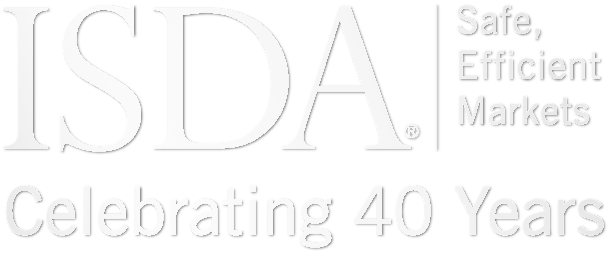This paper explores the accounting implications of recent investment in and use of digital assets, including, but not limited to, cryptocurrencies. The paper aims to identify and illustrate how digital assets are accounted for and reported under US Generally Accepted Accounting Principles (US GAAP), as upheld by the Financial Accounting Standards Board (FASB), including comparisons with the International Financial Reporting Standards (IFRS), as upheld by the International Accounting Standards Board.
As use of digital assets becomes more pervasive, alternative approaches to accounting for digital assets should be introduced under US GAAP and IFRS to create more useful financial reporting information. At present, many market participants believe the existing accounting frameworks do not provide decision-useful information to users of financial statements.
The US Securities and Exchange Commission has received a number of questions relating to digital asset-related transactions or business models. The topics covered include: (1) when digital assets represent an asset or liability of the registrant; (2) determining the cost basis for digital assets; and (3) revenue recognition considerations. The FASB issued a consultation in 2021 to invite stakeholder feedback about the future standard-setting agenda of the FASB, and the vast majority of respondents identified digital assets as a top priority. Out of 522 responses received by the FASB, 445 responses from a variety of stakeholders focused solely on accounting for digital assets. Those respondents included academics, holders of digital assets, individuals, investors and other preparers,
practitioners and users of financial statements.
In this paper, it is proposed that the framework for accounting for digital assets should allow for such assets to be accounted for at fair value
Documents (1) for Accounting for Digital Assets: Key Considerations
Latest
Ardagh Credit Event Processing and Trading
The Credit Derivatives Determinations Committee announced on December 15 that a restructuring credit event has occurred with respect to Ardagh. An ISDA Credit Market Infrastructure Group call was held on December 15 to discuss the processing of this event. The...
Future Path - IQ December 2025
At the start of ISDA’s 40th anniversary year, IQ convened the pioneers of the association to reflect on how a desperate need for standardization in the early days of the derivatives market brought dealers together to develop a dictionary of...
Steps to a Vibrant Derivatives Market: SOM Remarks
Steps to a Vibrant and Resilient Derivatives Market December 4, 2025 Remarks at the Mediterranean Partnership of Securities Regulators Scott O’Malia ISDA Chief Executive Officer Good afternoon and thank you to the Mediterranean Partnership of Securities Regulators (MPSR) for...
ISDA Response to BoE on Gilt Market Resilience
On November 28, ISDA responded to the Bank of England’s discussion paper on gilt market resilience. ISDA encourages the Bank of England, before introducing any significant policy changes that would affect the functioning of the gilt repo market, to consider...



